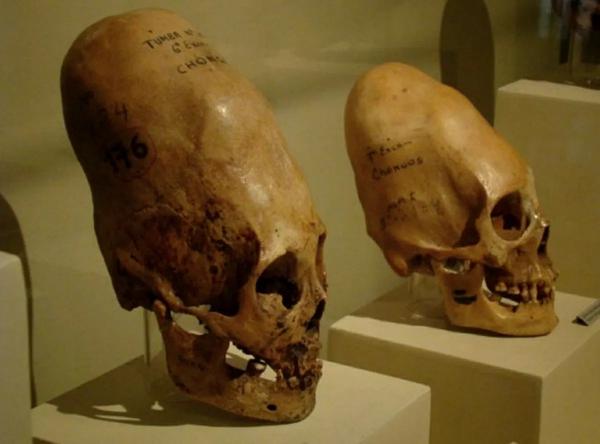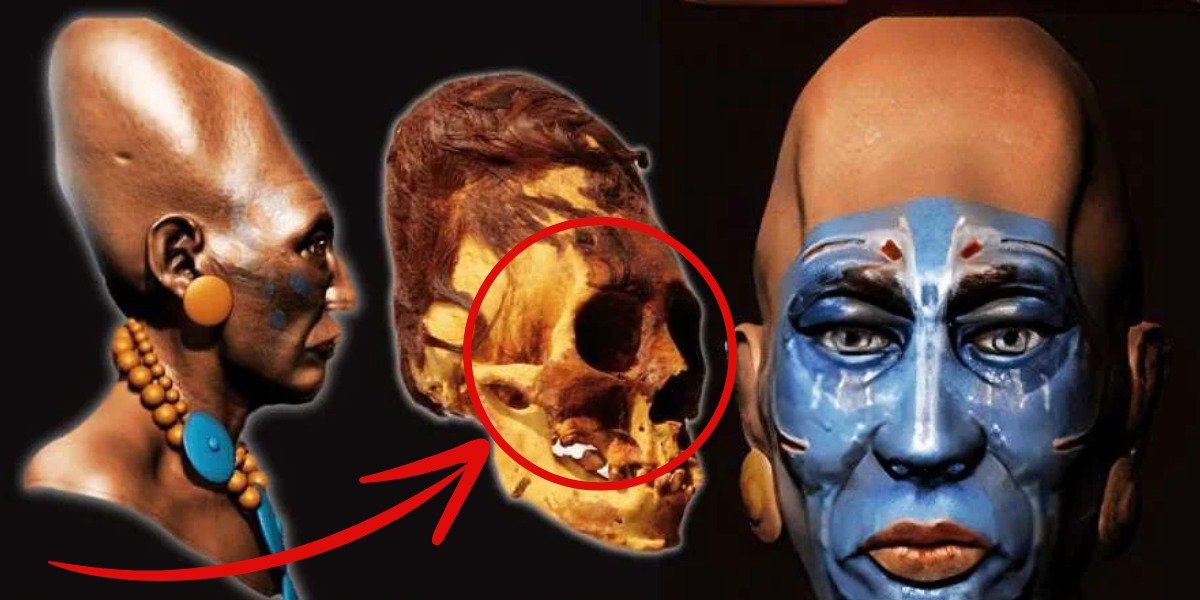In a groundbreaking revelation that has captured the attention of the global scientific community and beyond, recent DNA tests on the enigmatic Paracas skulls have yielded astonishing results: these strangely shaped skulls have been confirmed not to be human. This discovery has ignited a flurry of excitement, debate, and intrigue among researchers and the general public, raising profound questions about the origins and nature of these mysterious remains.
The Paracas skulls, discovered in the Paracas Peninsula of Peru by archaeologist Julio Tello in 1928, have long been a subject of fascination and speculation. These elongated skulls, markedly different from typical human cranial structures, have perplexed scientists for decades. Various theories have been proposed, ranging from deliberate cranial deformation practices by ancient cultures to more unconventional ideas involving extraterrestrial influences.

To unravel the mystery, a team of international geneticists and archaeologists recently embarked on an extensive DNA analysis of the Paracas skulls. The results, now made public, reveal that the genetic makeup of these skulls differs significantly from that of Homo sapiens. The findings indicate that the DNA contains markers and sequences that do not correspond to any known human genetic profiles, nor to those of any other known species on Earth.
Dr. L.A. Marzulli, one of the researchers involved in the project, explained, “The mitochondrial DNA, which is inherited from the mother, showed mutations unknown in any human, primate, or animal. These mutations suggest that we are dealing with a completely new human-like creature, very different from Homo sapiens, Neanderthals, or Denisovans.”
The implications of this discovery are profound. If the Paracas skulls do indeed belong to a previously unidentified species, it could suggest the existence of a parallel branch of evolution, or possibly an entirely different lineage of intelligent beings. This challenges our current understanding of human history and the evolutionary process, potentially opening new avenues of research into ancient civilizations and their interactions with unknown entities.
The unique features of the Paracas skulls, including their elongated shape and larger cranial capacity, have led some to speculate about their capabilities and lifestyle. The possibility that these beings possessed advanced knowledge or technologies is an area that many researchers are keen to explore further. Additionally, the cultural and societal implications of their existence and the reasons behind their apparent disappearance pose intriguing questions.

As expected, this discovery has sparked a wide range of reactions. Mainstream scientists urge caution, emphasizing the need for further verification and peer-reviewed studies to corroborate the initial findings. Skeptics argue that unknown environmental factors or contamination could have influenced the DNA results, and some even suggest that the findings might be a misinterpretation of genetic data.

Nevertheless, the excitement surrounding the Paracas skulls is palpable. The prospect of uncovering new chapters of our planet’s history, including possible interactions with non-human intelligences, captivates the imagination and invites a reevaluation of what we know about our ancestors and their world.
In the coming months, the scientific community anticipates a wave of new research and expeditions aimed at gathering more data and samples from the Paracas region. Collaborative efforts across disciplines, including anthropology, genetics, archaeology, and paleontology, are expected to shed more light on these enigmatic skulls and their origins.
